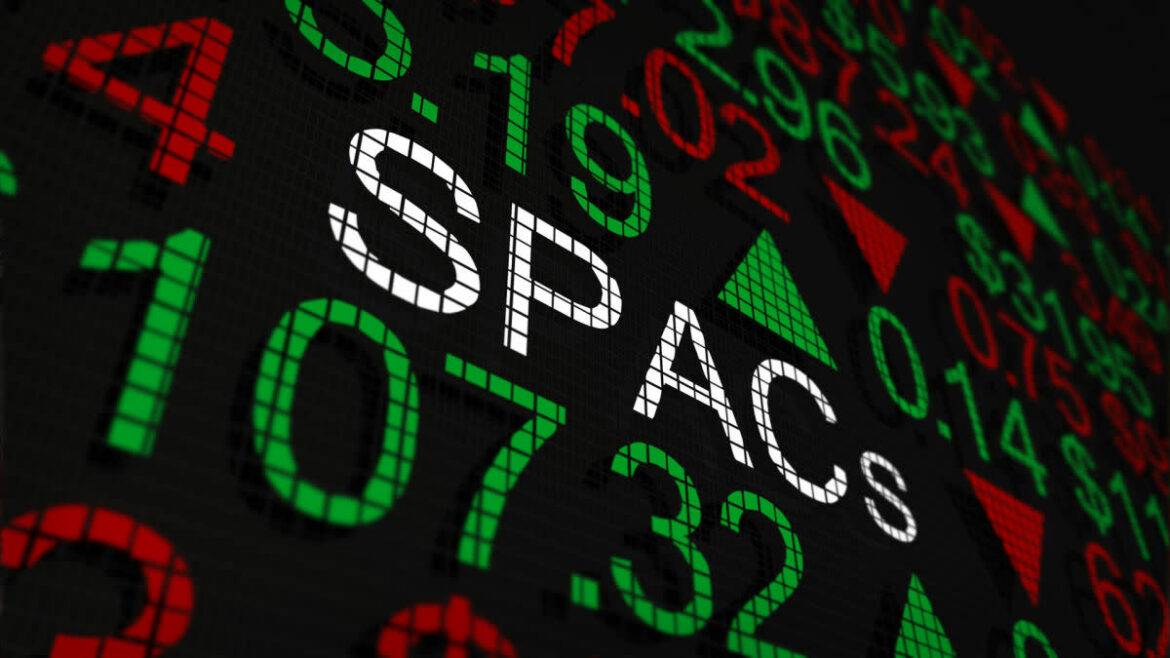Many private companies went public in 2021, reaping the benefit of investors who sought to allocate their money into the public market, including ones that chose the SPAC route instead of the standard IPO strategy.
Special Purpose Acquisition Companies, or SPACs, were the preferred route for hundreds of companies. Even by March 31 there were 378 IPOs in the U.S., which is more than any entire calendar year between 2003 and 2019, said Duncan Lamont, head of strategic research unit at Schroders, a London-based asset manager.
The $139 billion that was raised by the end of March was over two and a half times the yearly average over this period and consisted of 79% of the year’s IPOs by number and 69% by value were SPACs, he said.
While the mania to go public via a SPAC later died down, on a year-to-date basis these figures are still 63% and 49%, Lamont said.
In 2020 there were 248 SPAC IPOs, but a record-breaking 602 were filed in 2021.
“2021 has obliterated that record,” he said. “The amount of money raised this year so far has also overtaken last year’s record total. The $160 billion of SPAC IPOs in 2021 is more than the total that was raised across 2003-20 combined.”
Going public has its benefits, but companies have sought to circumvent some of the perceived drawbacks of the IPO process by choosing SPACs, Lamont said.
“They give the potential for private companies to sell themselves for a higher price than in a traditional IPO, can give more certainty on pricing, can be faster (5-6 months vs 12-24 months for a traditional IPO) and can be less burdensome and hence less costly from a regulatory perspective,” he said.
In his Year in Review column Real Money’s James “Rev Shark” DePorre says the broader market had a very tough go of it in 2021, but you wouldn’t know it unless you do some digging. From Reddit and Diamond Hands to SPACs and a stealth bear market, it’s been a wild ride. Get more of his insights and trading strategies on Real Money.
Since a merger with a SPAC can be negotiated at a fair value, some companies opt to avoid the IPO “pop” where they are priced to “encourage a jump in the share price on the first day of trading,” Lamont said.
Another benefit of going public via a SPAC is that private companies can use forward looking statements when marketing themselves to a SPAC, “something which is particularly appealing for fast growing companies,” he said.
A traditional IPO prospectus is only allowed to report historical financials. Instead, SPAC mergers have a legal “safe harbor” from any such liability, Lamont said.
While going public as a SPAC appears to be a way to raise capital for a company easily, some investors have lost interest already. Many companies wind up losing valuation quickly.
A 2020 academic paper written by Michael Klausner, a Stanford Law professor and Michael Ohlrogge, a NYU School of Law professor, showed that most underperform the wider market after a deal is struck.
“Interestingly, they find that results are far better for ‘high quality sponsors,’ which they define to be individuals who are affiliated with a private assets fund with more than $1 billion of assets, or who have been a CEO or other senior officer at a Fortune 500 company,” Lamont said.
One indicator of waning enthusiasm for SPACs recently months is that 90% of the SPACs that listed in the U.S. in the first eight months of 2021 were trading below their IPO price by the end of the third quarter.
Here are the top five SPACs that are venture-backed and completed mergers with target companies, according to Dec. 22 data from Crunchbase.
1. SoFi
SPAC proceeds: $2.4 billion
SPAC valuation: $8.65 billion
SoFi (SOFI) – Get SoFi Technologies Inc Report is a fintech company that offers investing and loans, including home and student loans. The company went public after it merged with one of Chamath Palihapitiya’s SPACs.
2. Clover Health
SPAC proceeds: Up to $1.2 billion
SPAC valuation: $7 billion, according to the Silicon Valley Business Journal
Clover Health (CLOV) – Get Clover Health Investments Corp Class A Report is a health insurance company for seniors that was the first VC-backed company to go public via a SPAC. The startup was acquired by Social Capital Hedosophia V, Chamath Palihapitiya’s SPAC.
3. BarkBox
SPAC proceeds: $454 million
SPAC valuation: $1.6 billion
Barkbox (BARK) , the subscription e-commerce company that offers toys and other products for dogs merged with Northern Star Acquisition Group.
4. Hims and Hers Health
Hims and Hers Health (HIMS) – Get Hims & Hers Health, Inc. Class A Report offers both health products for women and men and merged with SPAC company Oaktree Acquisitions Corp. The deal was among the first major VC-backed SPAC mergers to be completed in 2021, Crunchbase reported.
5. Billtrust
SPAC valuation: $1.3 billion
Billtrust, (BTRS) a payment-cycle management platform, merged with South Mountain Merger Corp.

